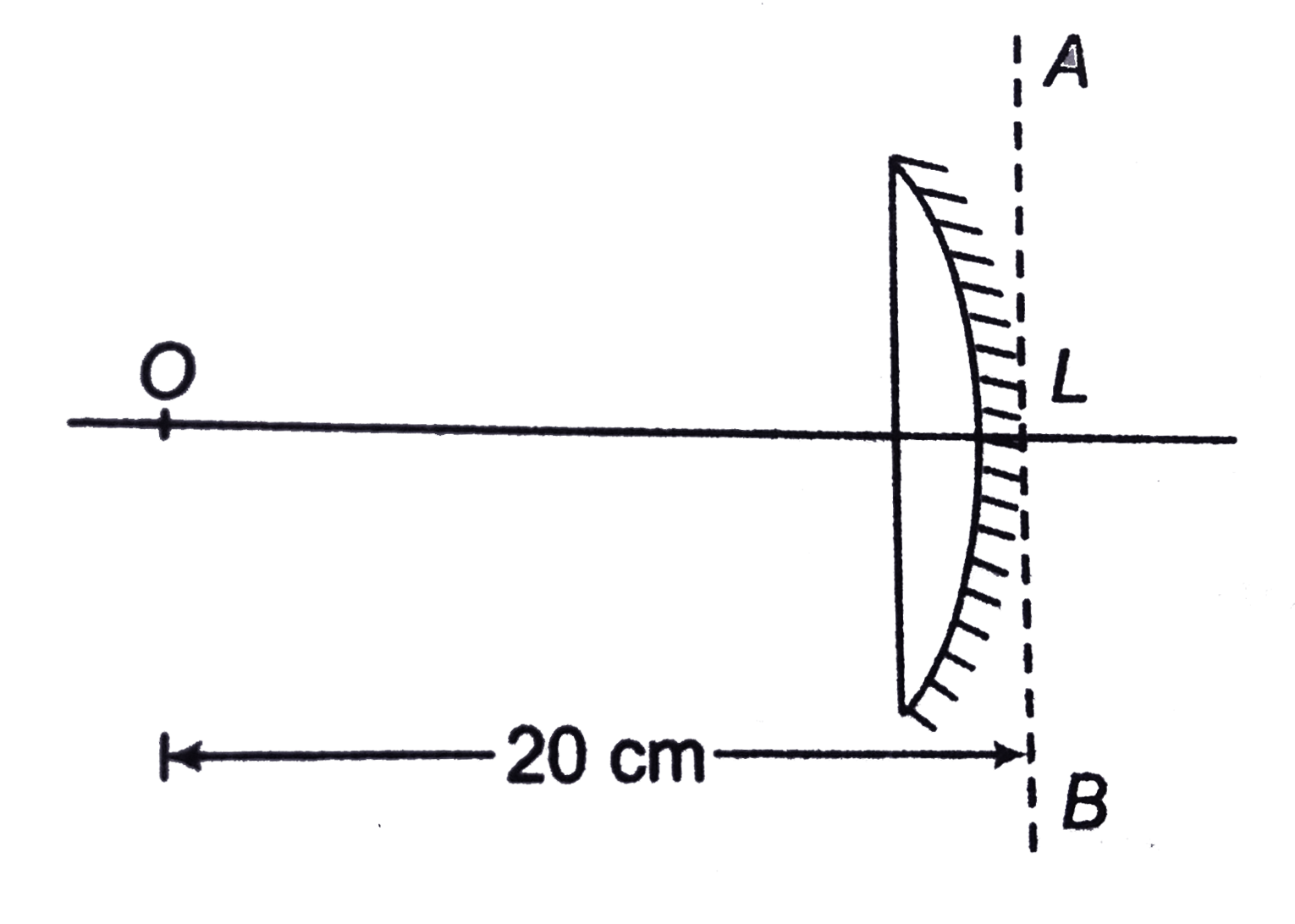An object is placed at a distance of 1.5 cm from the objective of focal length 1.25cm. if the eye piece has a focal length of 5 cm and the final image is formed at the near point, estimate the magnifying the power of the microscope.
To solve the problem step by step, we will follow the principles of optics related to microscopes.
Step 1: Identify the given data
- Object distance from the objective (u) = -1.5 cm (negative because the object is placed in front of the lens)
- Focal length of the objective (f_o) = 1.25 cm
- Focal length of the eyepiece (f_e) = 5 cm
- Near point distance (D) = 25 cm (the least distance of distinct vision)
Step 2: Calculate the image distance (v) for the objective lens
We will use the lens formula:
1f=1v−1u
Substituting the known values:
11.25=1v−1−1.5
This simplifies to:
11.25=1v+23
Converting 11.25 to a fraction:
11.25=45
So we have:
45=1v+23
To solve for 1v, we need a common denominator:
45−23=12−1015=215
Thus,
1v=215⟹v=152=7.5 cm
Step 3: Calculate the magnifying power (M) of the microscope
The magnifying power of a microscope is given by the formula:
M=vu(1−Dfe)
Substituting the values we have:
M=7.5−1.5(1−255)
Calculating 7.5−1.5:
7.5−1.5=−5
Now, calculate 1−255:
1−5=−4
So we have:
M=−5×−4=20
Final Result
The magnifying power of the microscope is M=20.
- Object distance from the objective (u) = -1.5 cm (negative because the object is placed in front of the lens)
- Focal length of the objective (f_o) = 1.25 cm
- Focal length of the eyepiece (f_e) = 5 cm
- Near point distance (D) = 25 cm (the least distance of distinct vision)
We will use the lens formula:
1f=1v−1u
Substituting the known values:
11.25=1v−1−1.5
This simplifies to:
11.25=1v+23
Converting 11.25 to a fraction:
11.25=45
So we have:
45=1v+23
To solve for 1v, we need a common denominator:
45−23=12−1015=215
Thus,
1v=215⟹v=152=7.5 cm
The magnifying power of a microscope is given by the formula:
M=vu(1−Dfe)
Substituting the values we have:
M=7.5−1.5(1−255)
Calculating 7.5−1.5:
7.5−1.5=−5
Now, calculate 1−255:
1−5=−4
So we have:
M=−5×−4=20
The magnifying power of the microscope is M=20.
Similar Questions
The two lenses of a compound microscope are of focal lengths 2 cm and 5 cm. If an object is placed at a distance of 2.1 cm from the objective of focal length 2 cm the final image forms at the final image forms at the least distance of distinct vision of a normal eye. Find the magnifying power of the microscope.
View SolutionAn astronomical telescope has an objective of focal length 100 cm and an eye piece of focal length 5 cm. The final image of a star is seen 25 cm from the eyepiece. The magnifying power of the telescope is
View Solution
Knowledge Check
A compound microscope consists of an objective lens with focal length 1.0cm and eye piece of the focal length 2.0 cm and a tube 20cm from eye lens. Now final image is formed at the near point of eye, so find the magnifying power of microscope.
A300cmB232cmC290cmD270cm
A point object is placed at distance of 30 cm in front of a convex mirror of Focal length 30 cm. The image will form at
View SolutionA point object is placed at a distance of 20cm from a thin plano-convex lens of focal length 15cm(μ=1.5). The curved surface is silvered. The image will form at

View SolutionA point object is placed at a distance of 20cm from a thin plano-convex lens of focal length 15cm(μ=1.5). The curved surface is silvered. The image will form at

View SolutionA microscope is having objective of focal length and eye piece of focal length 6cm. If tube length 30cm and image is formed at the least distance of distant vision, what is the magnification prodcut by the microscope. (take D=25cm)
View SolutionA thin convex lens of focal length 5 cm is used as a simple microscope by a person with normal near point (25cm) . What is the magnifying power of the microscope.?
View SolutionA compound microscope uses an objective lens of focal length 4cm and eye lens of focal length 10cm. An object is placed at 6cm from the objective lens. Calculate magnifying power of compound microscope if final image is formed at the near point. Also, calculate length of the tube of compound microscope.
View SolutionAn object is placed at 20 cm from a convex mirror of focal length 20 cm. The distance of the image from the pole of the mirror is
View Solution
